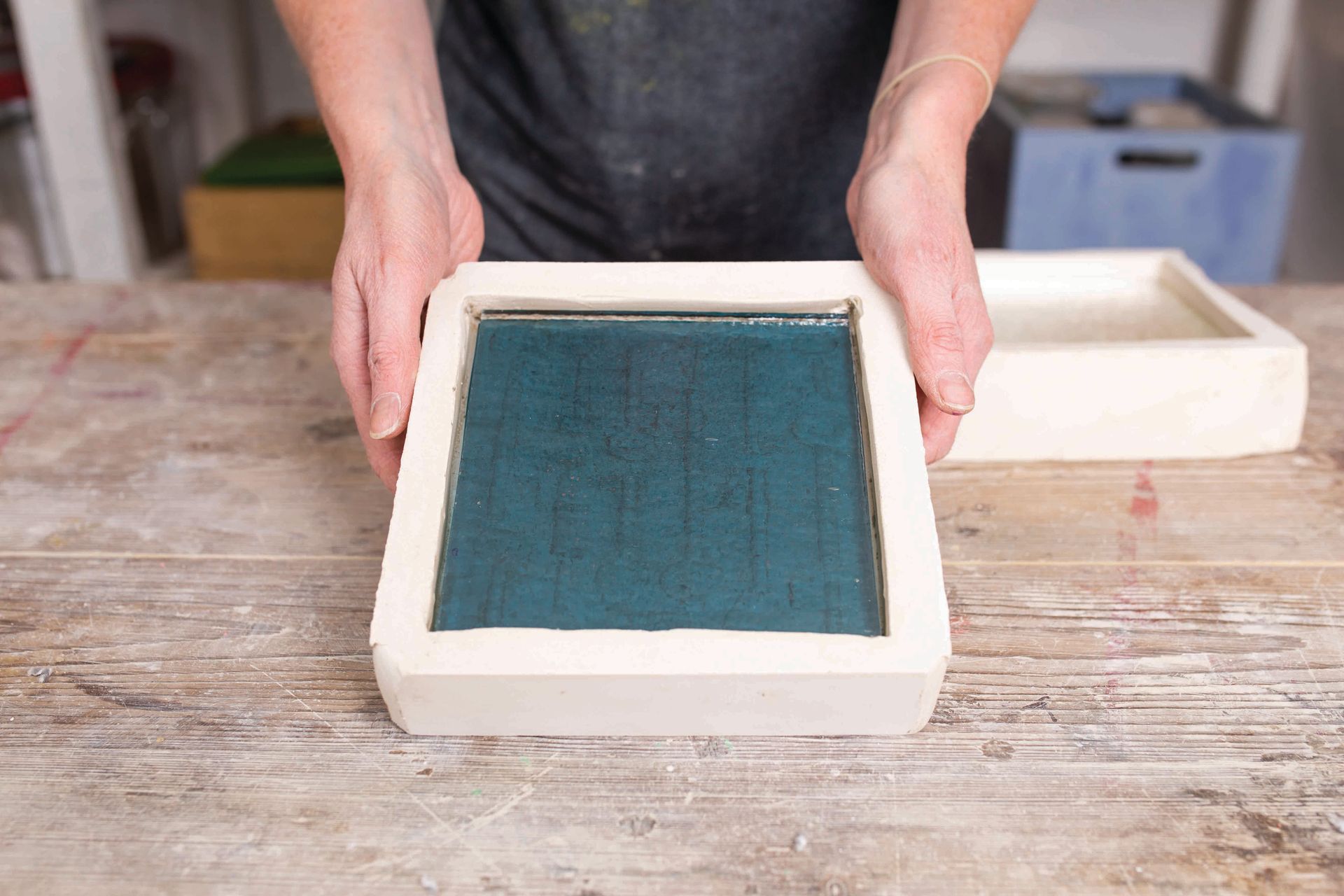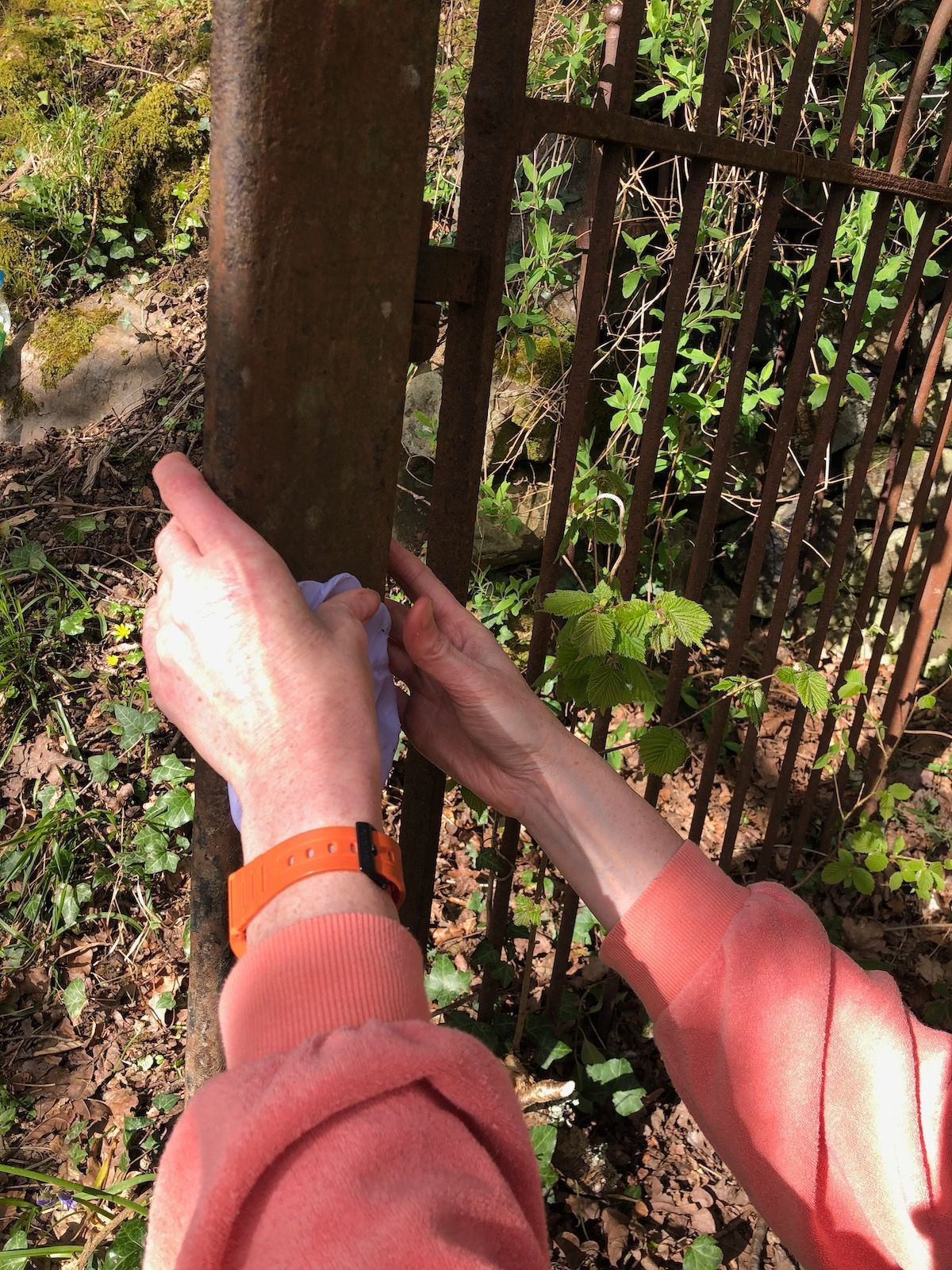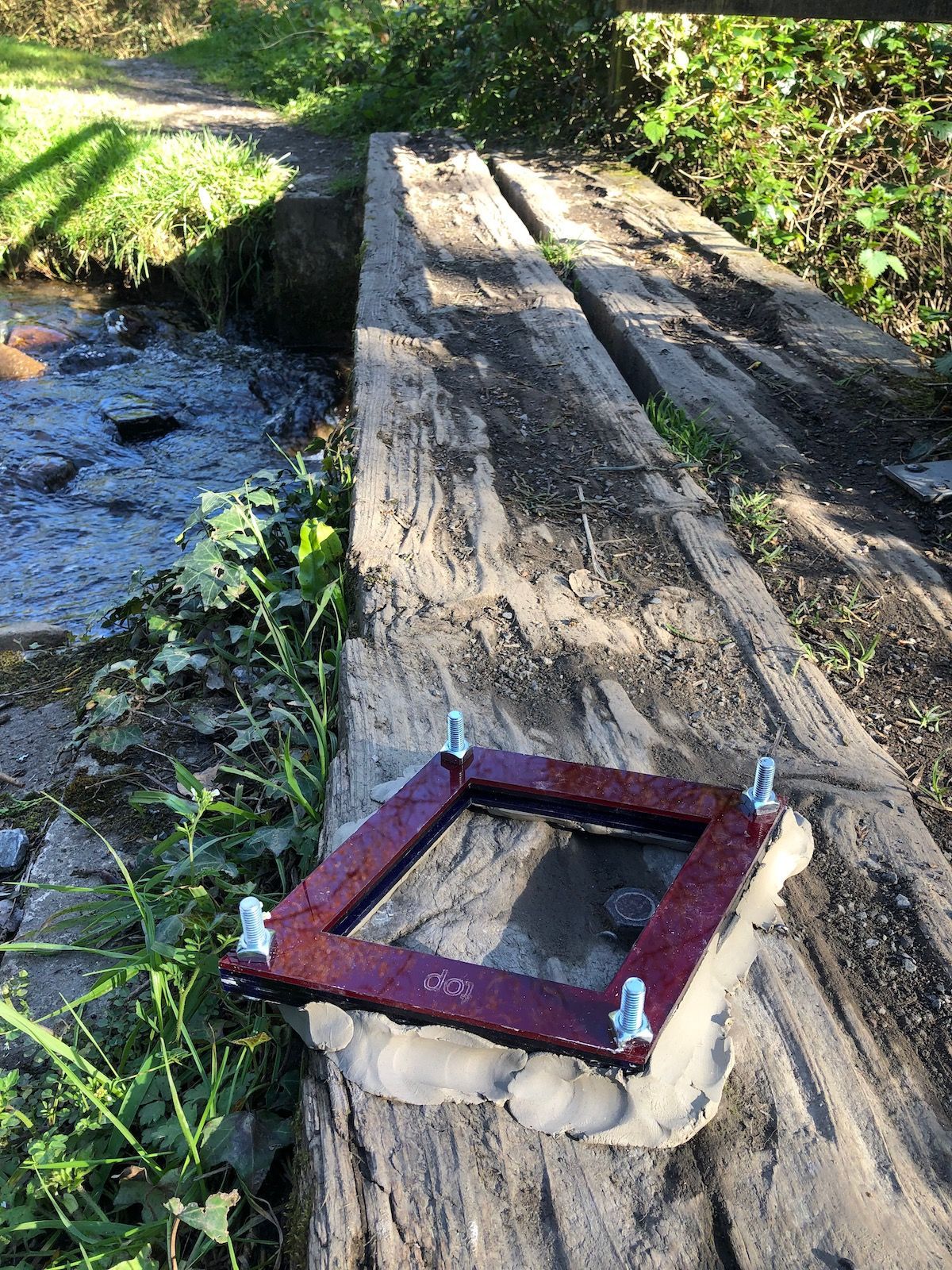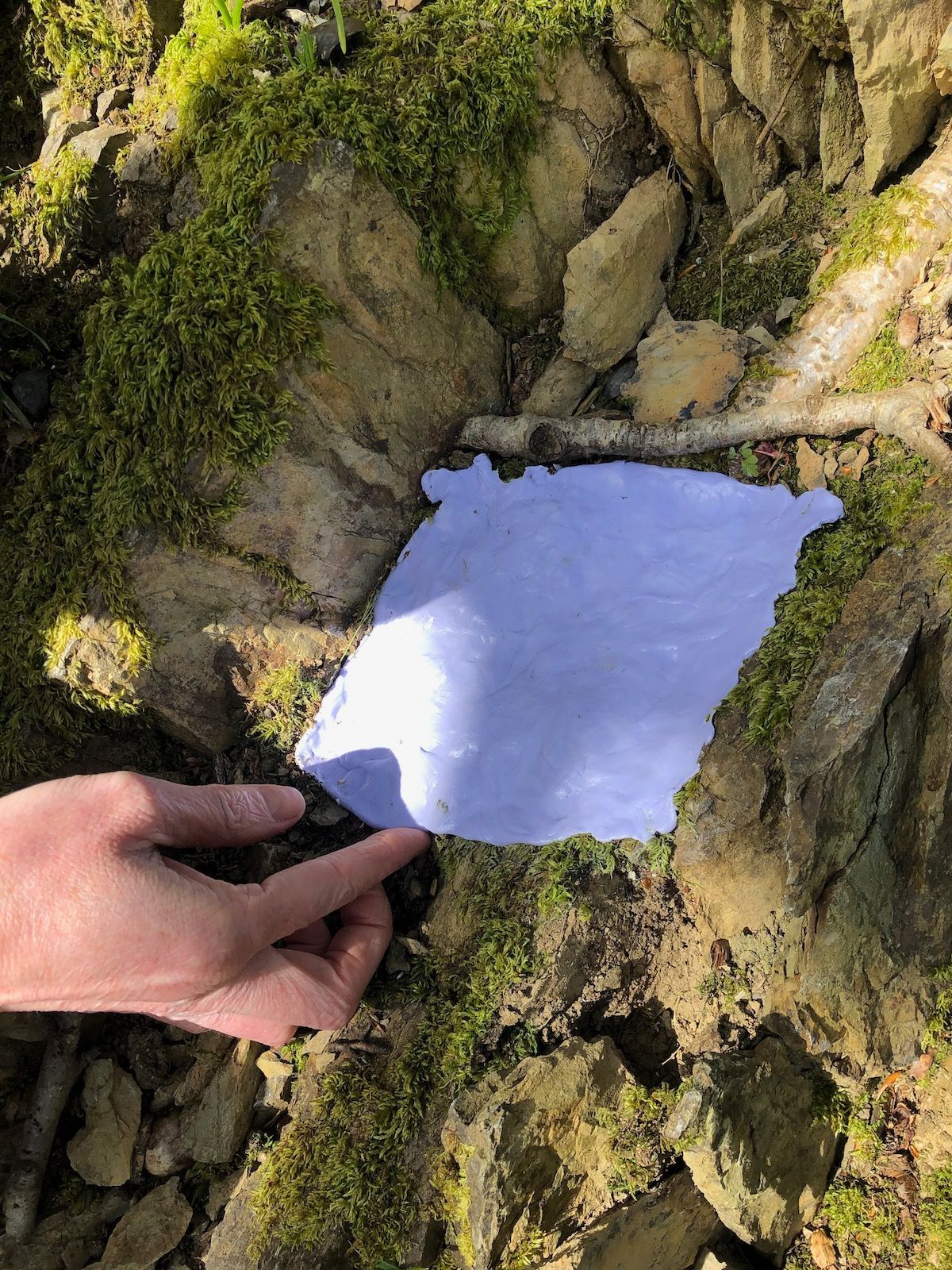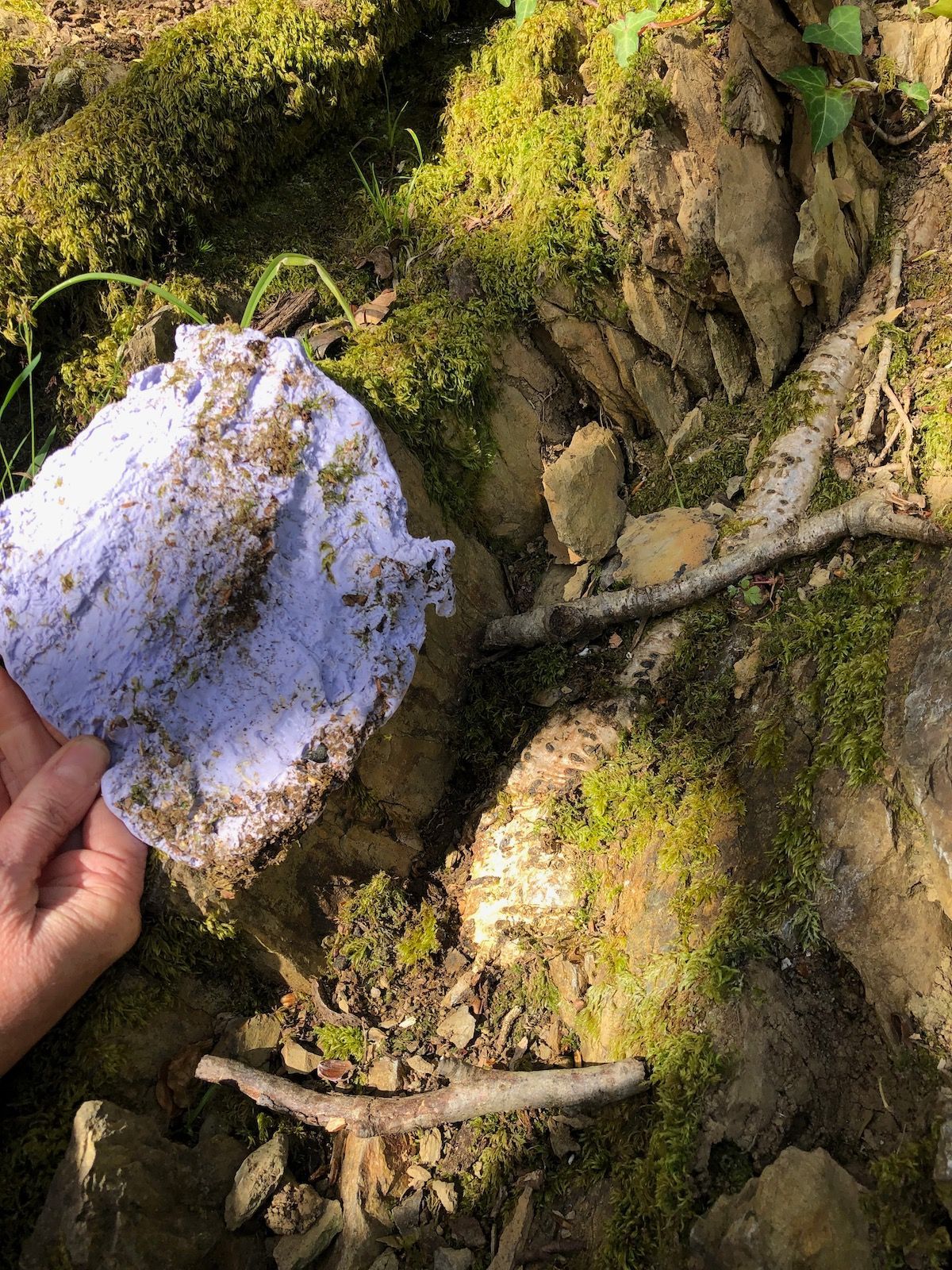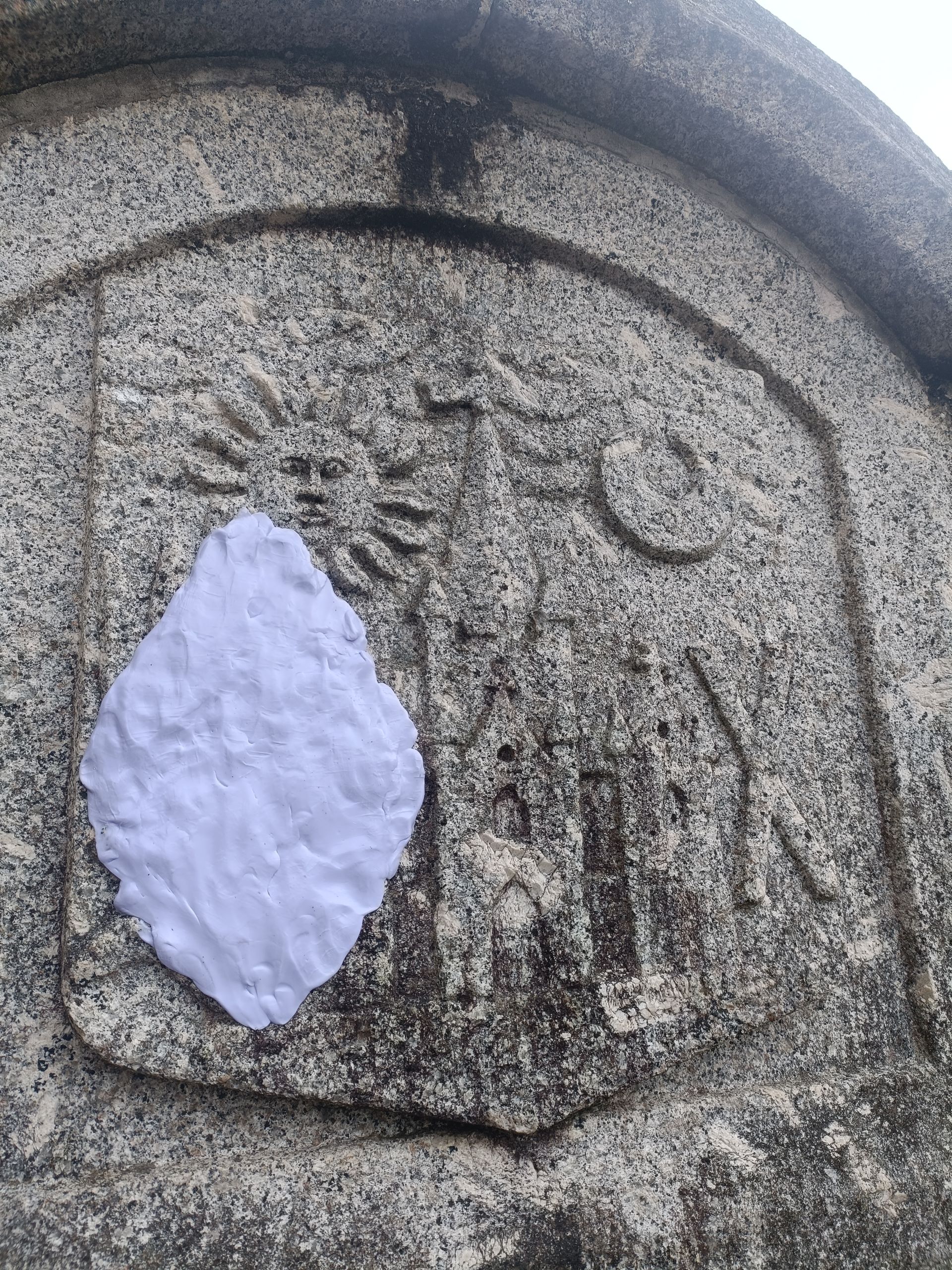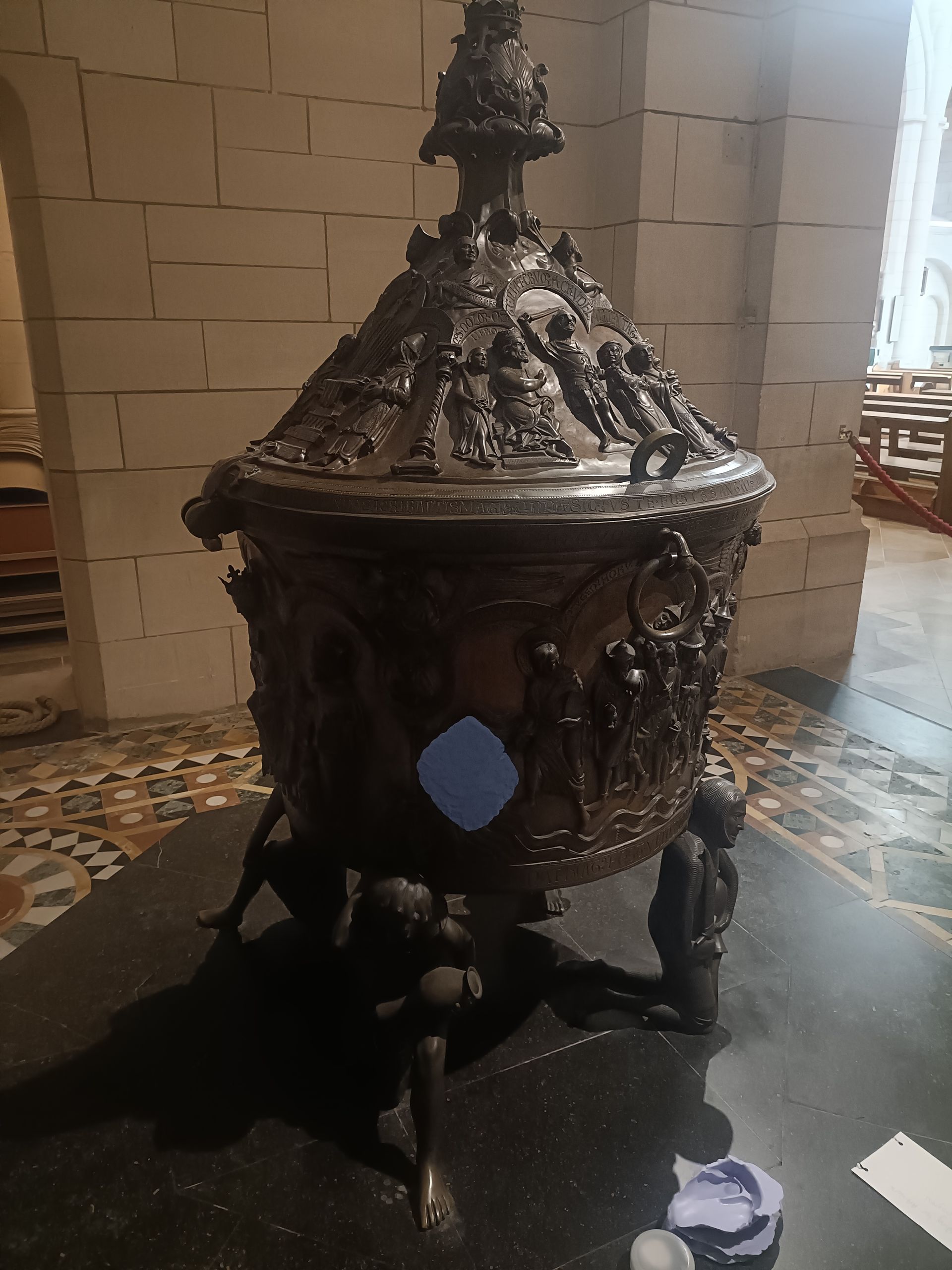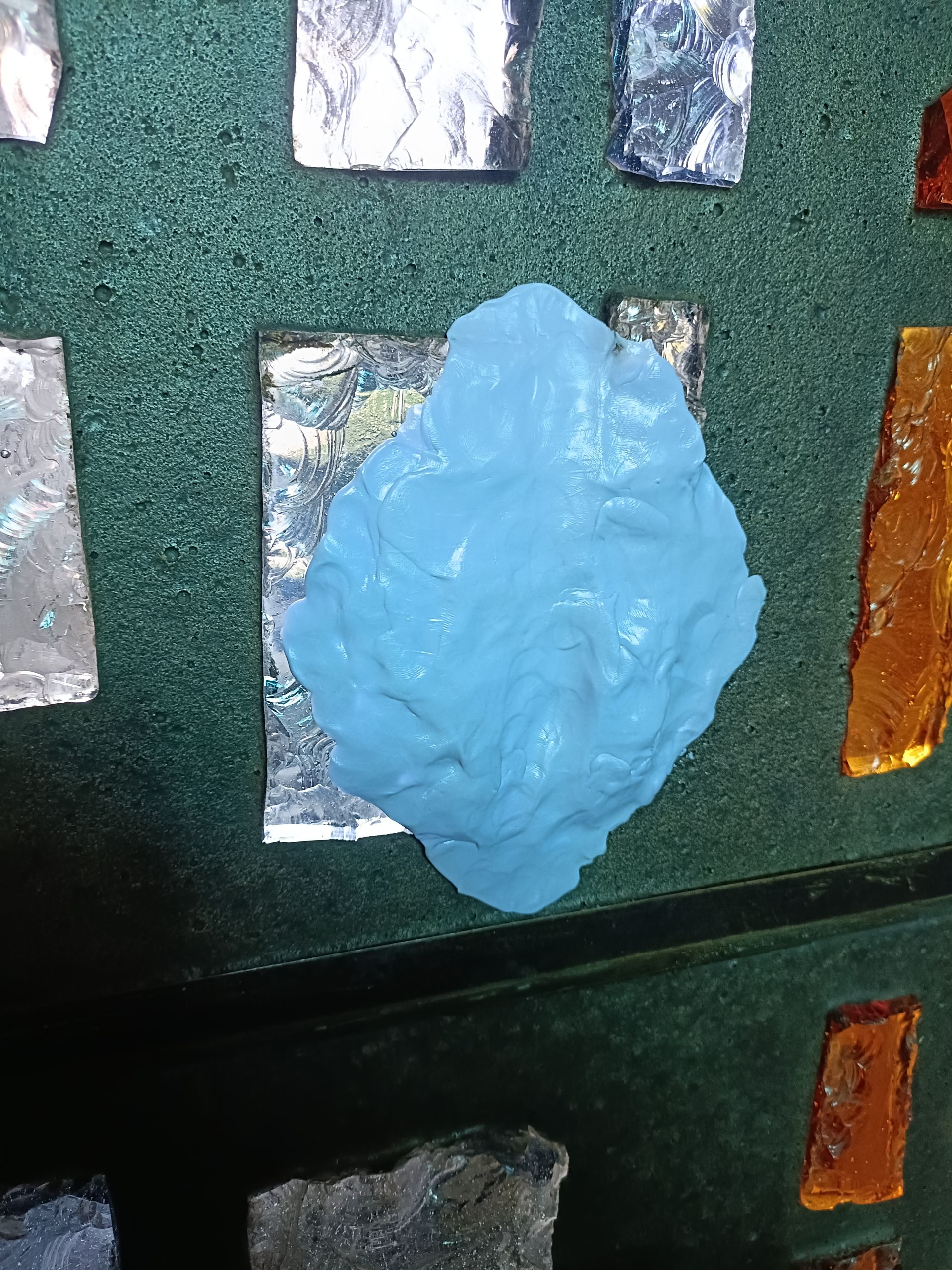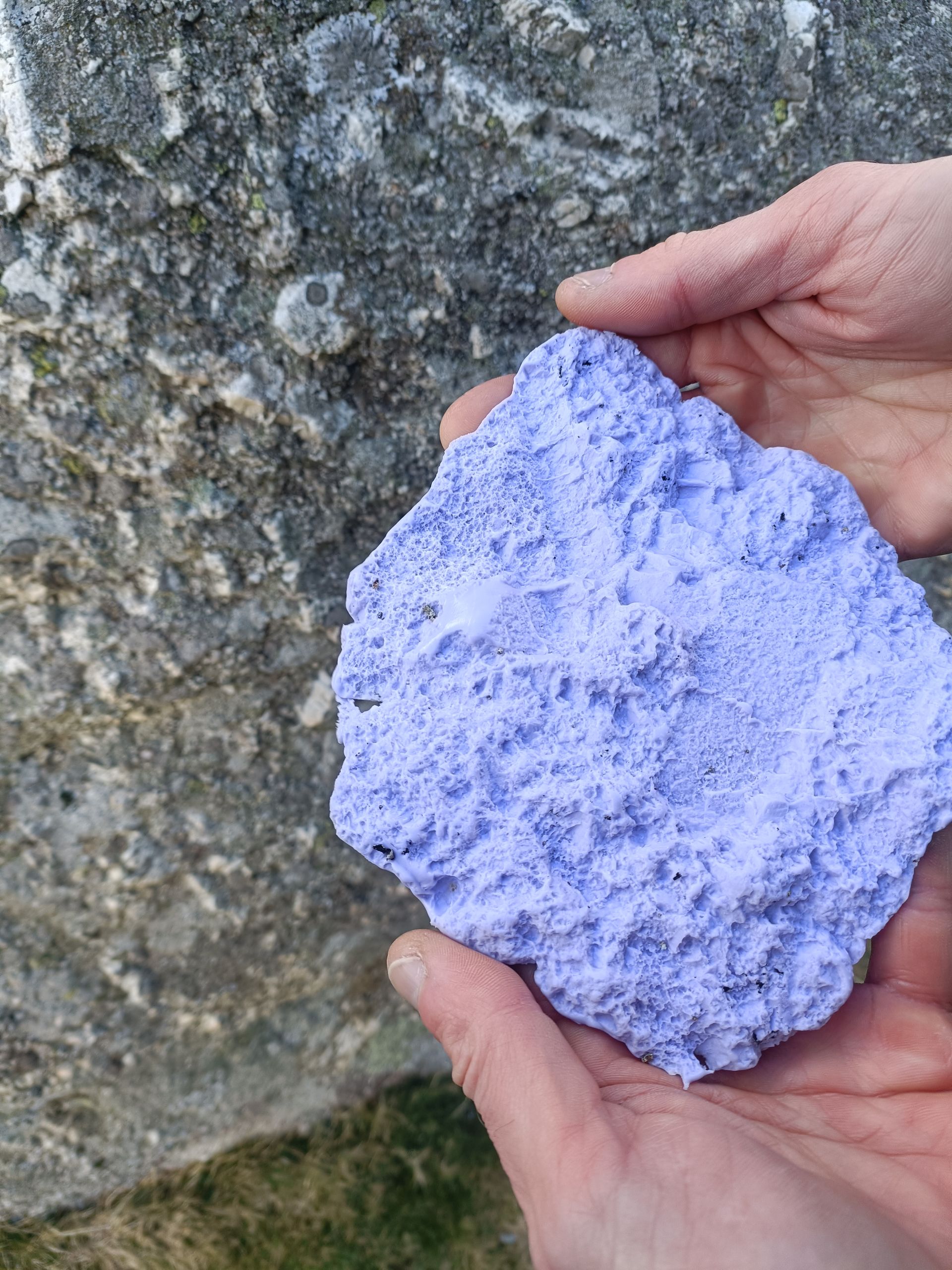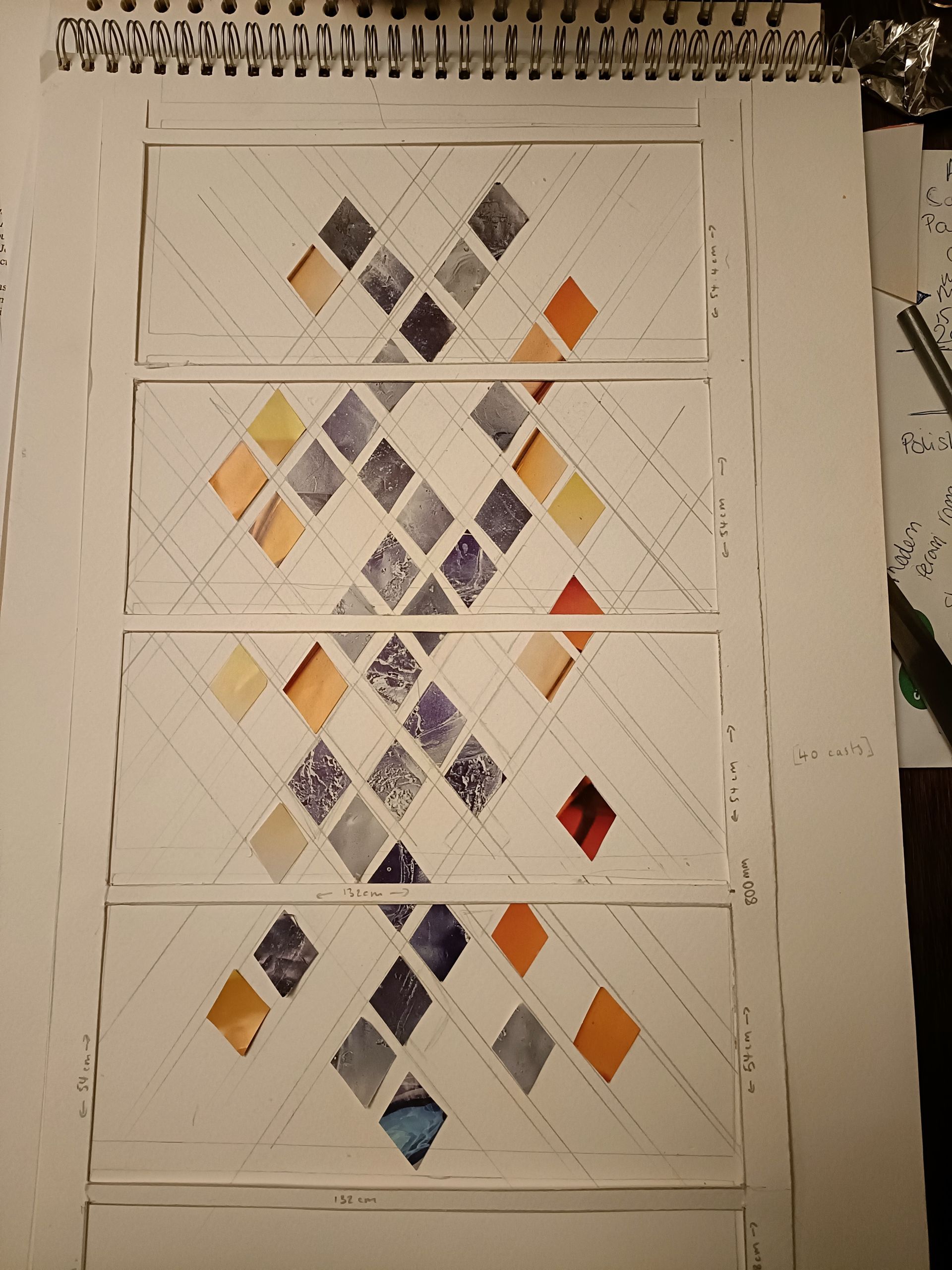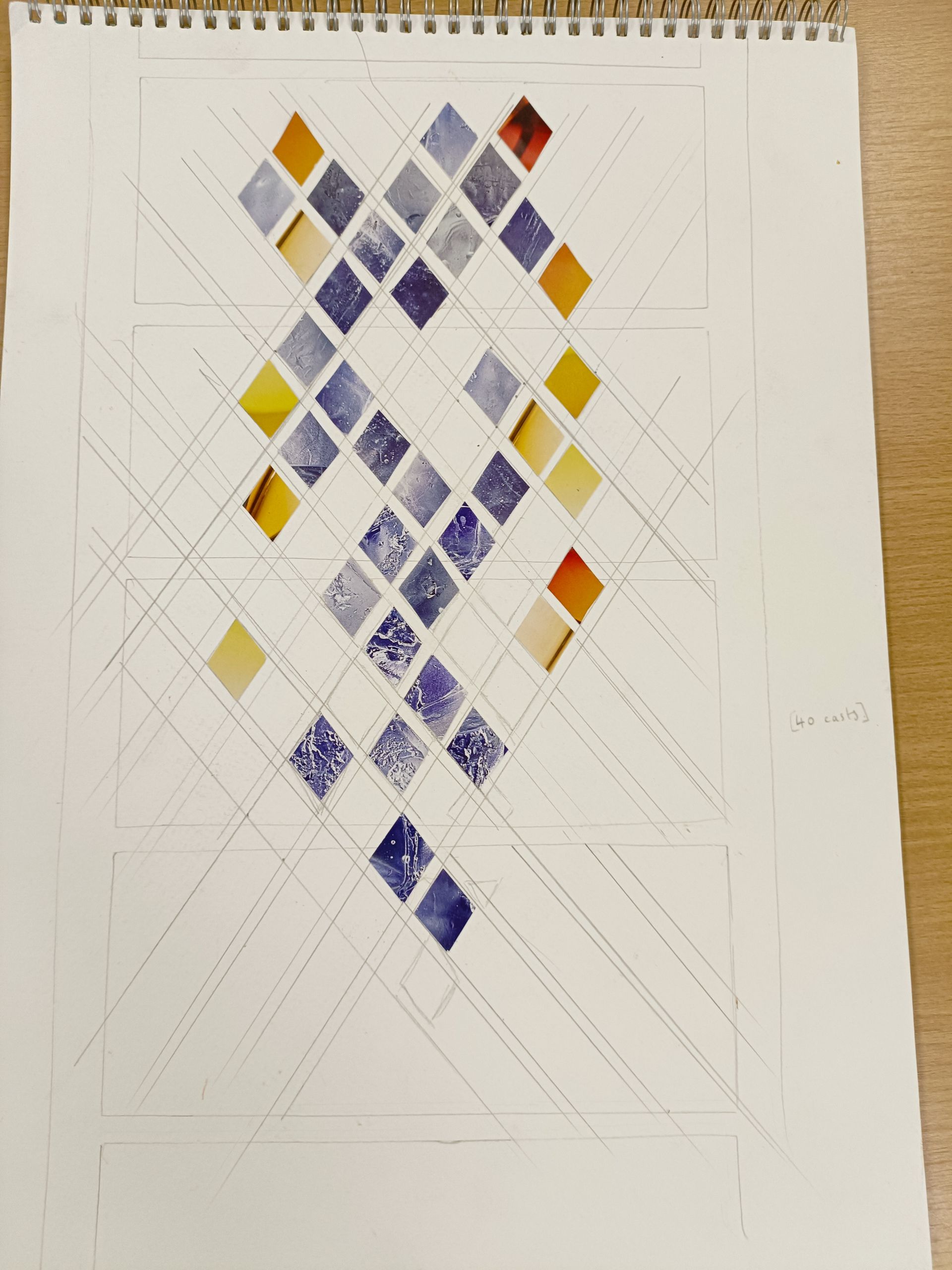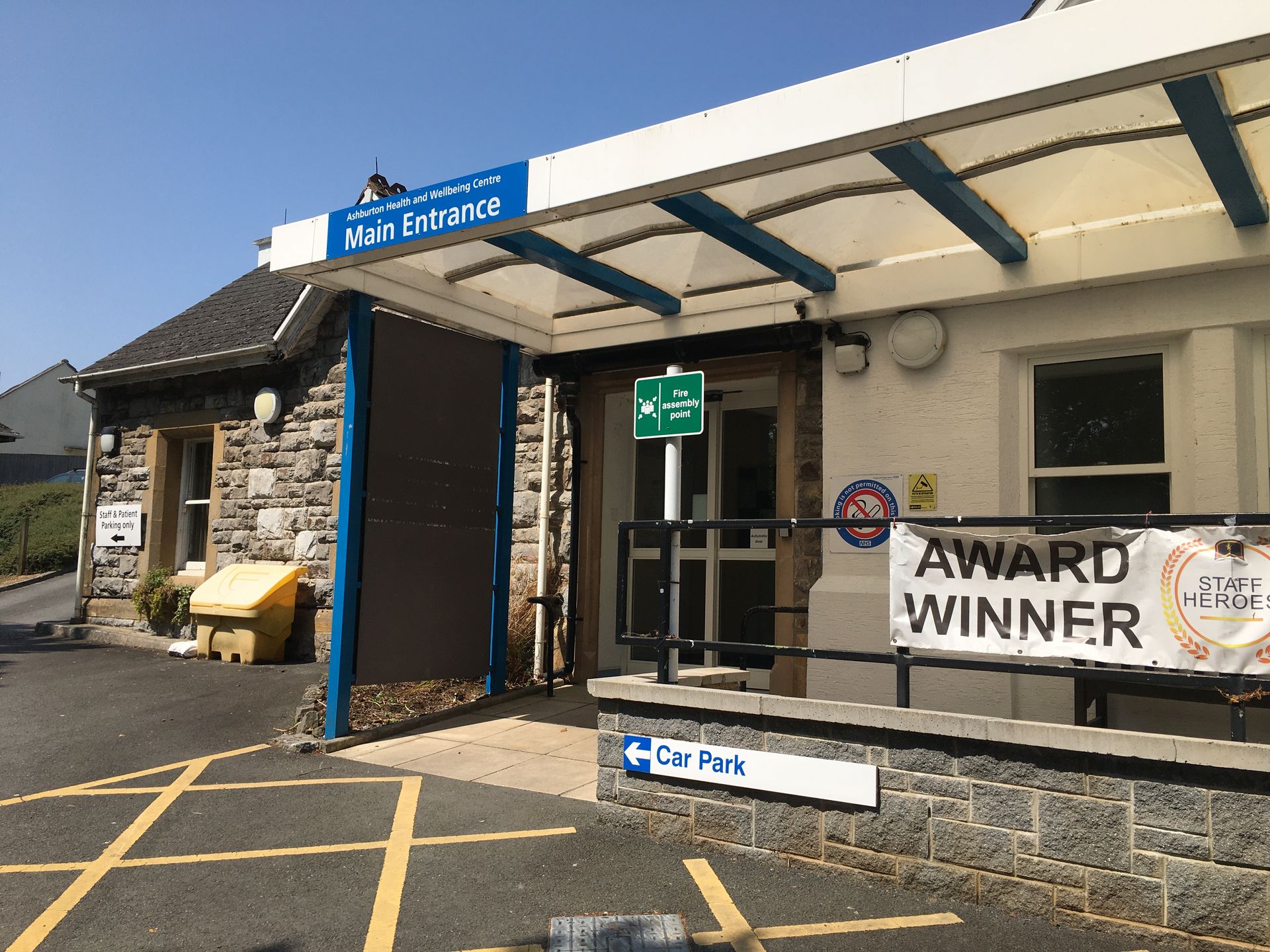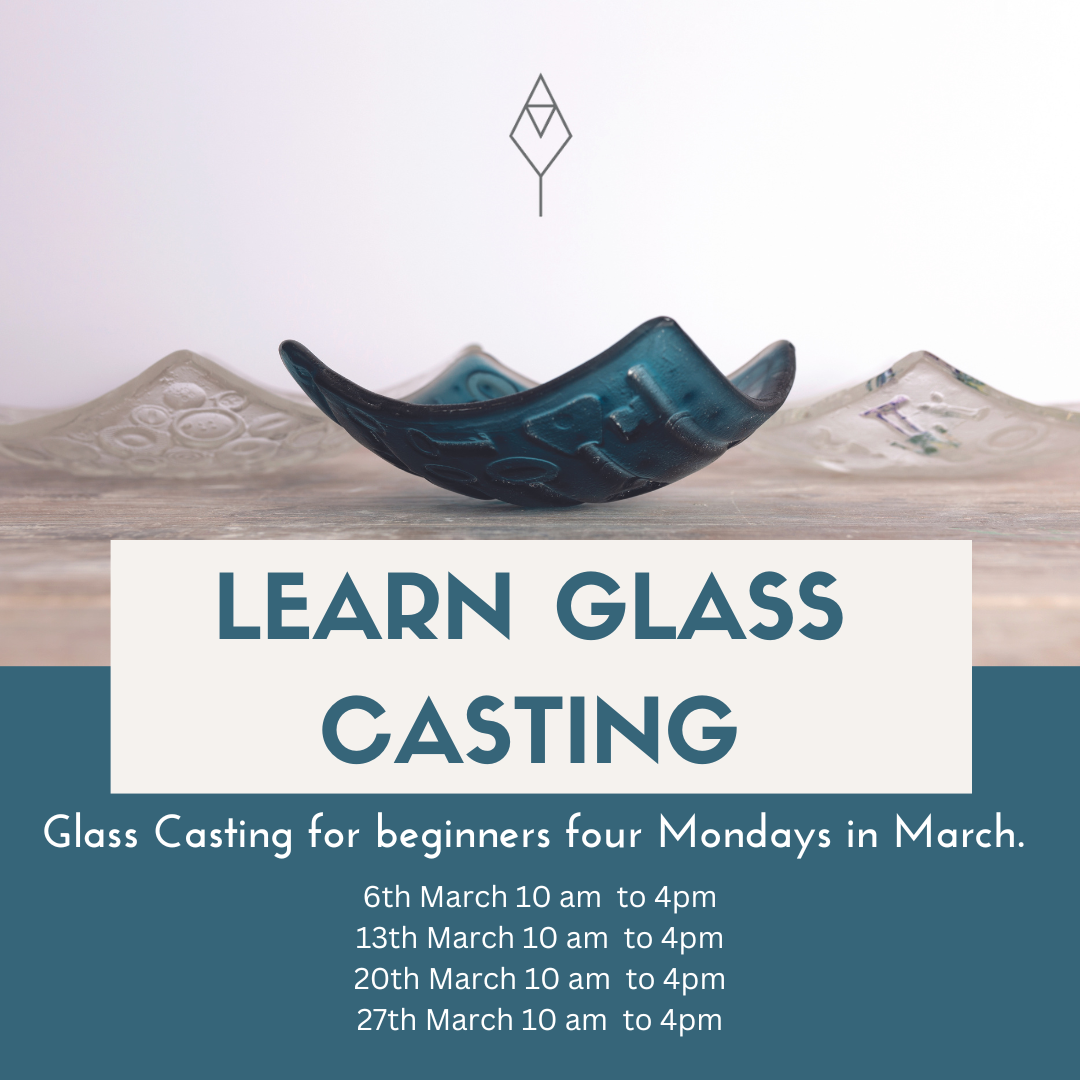Walking Ashburton: Collecting Textures and Stories
Walking around the town and surrounding areas
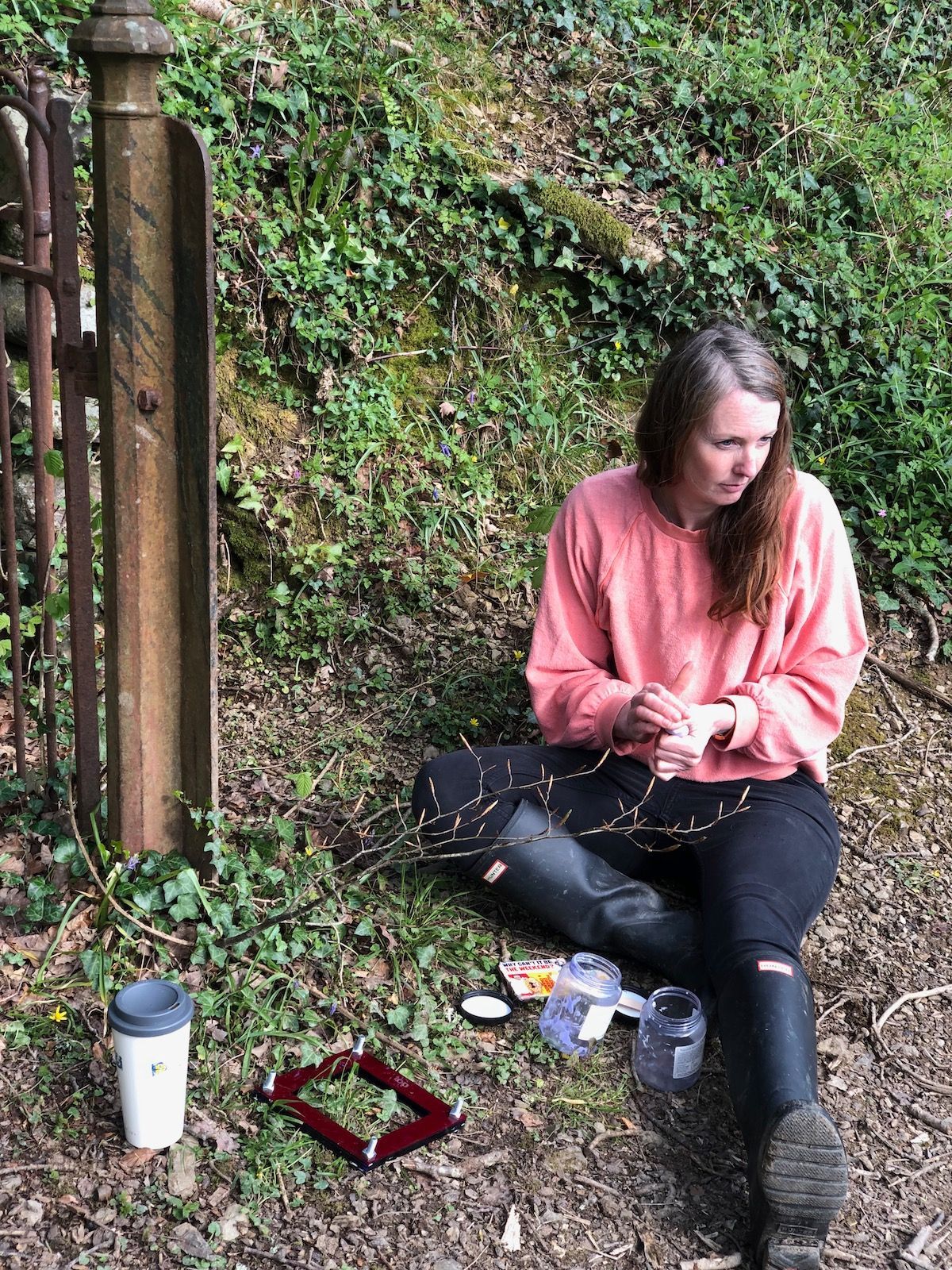
One of the most memorable parts of this project was the time I spent walking around Ashburton, exploring the town through the lens of texture and surface. I was looking not just for visual interest, but for tactile character—surfaces that held stories, carried history, or spoke to daily life in quiet, often overlooked ways.
At first, the process felt a little odd. Carrying bags of alginate and plaster, crouching by old stone walls or metal railings to take surface impressions—it’s not something you see every day. I definitely felt self-conscious. To help with that, I asked my friend and fellow artist Bonnie Mustoe-Whitehill to join me. Having her there gave me confidence, but also reminded me of the joy that comes from shared curiosity and creative exploration. We weren’t just documenting textures—we were tuning in to the rhythms and stories of the town.
It’s amazing how differently you experience a place when you’re looking this closely. Textures suddenly became narratives: the worn edges of a gatepost suggested generations of hands passing through; the grooves in the stone of St Lawrence Chapel whispered of schoolchildren long gone. The tactile nature of the town began to reveal itself with each new imprint.
There were several ‘wow’ moments along the way. One that stands out was being invited behind the ropes at Buckfast Abbey to take a cast of the font—a space normally closed to the public. The Fathers were incredibly generous, and standing there, making a mould of such a sacred and historic object, felt like a real privilege. Capturing a detail from the Dalle de Verre window—designed by Father Charles Norris—was another significant moment. His work has long been an inspiration to me, and it was an honour to include that influence in this piece.
Back in Ashburton, I had a lovely exchange while casting the footbridge over the River Ashburn. As I was working, a few people paused to ask what I was doing, and instead of the baffled looks I’d feared, I was met with warmth and encouragement. There was genuine curiosity and kindness—people seemed to appreciate that something of their town was being recognised, preserved, and celebrated.
What struck me most was how generous Ashburton is with its textures. Every surface seemed to have something to say—from the bull ring in the museum to the carved initials on a chapel wall. The town holds so many quiet details that speak to tradition, industry, play, memory. And for this work, I wasn’t just looking to decorate a space—I wanted to embed these layers of meaning into the glass itself.
By the end of those walks, the awkwardness had faded completely. In its place was a deeper connection—not just to the material I was collecting, but to the people and the place itself. Those textures became the physical and emotional foundation of Diamond River, and I’m incredibly grateful for the openness and generosity I experienced throughout the town.
